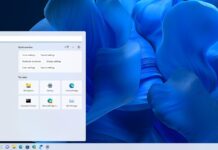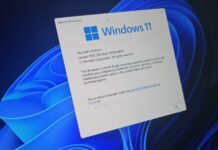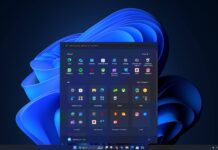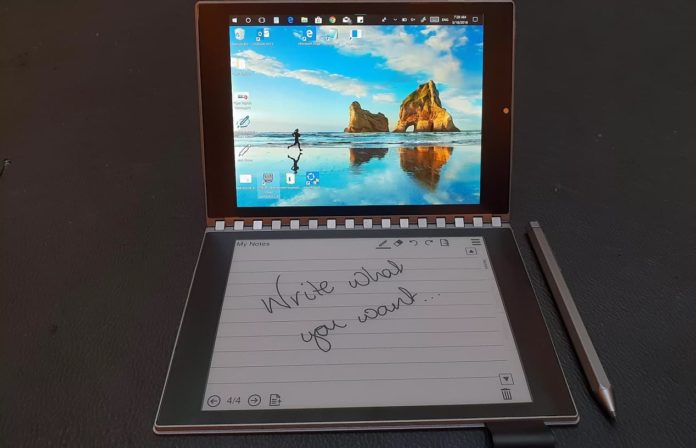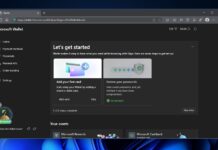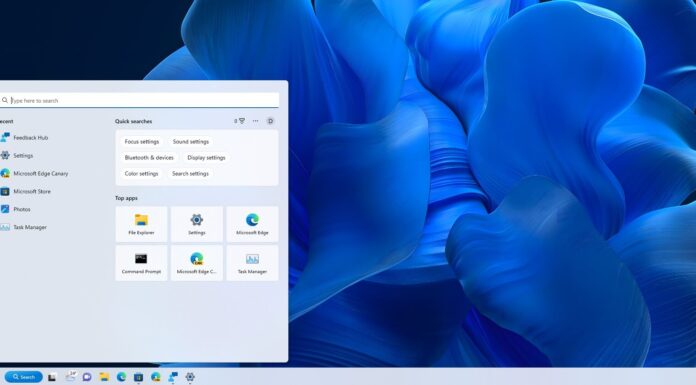Intel, Lenovo, Asus all came to Computex 2018 with a laptop that has two screens with a virtual keyboard. According to a patent application that was filed on January 9, 2017, and published on Thursday, Microsoft might be working on a new pressure-sensitive virtual keyboard which could be implemented on a computing device.
The patent explores a technology that aims to bring pressure and gestures to the virtual keyboard and it can be implemented on a computing device such as a laptop or 2-in-1 PC. Unlike the current generation dual-screen laptops, Microsoft’s tech would be able to recognize a key that has been activated by touch and it can also activate additional commands, which is due to the use of pressure detection system.
“Embodiments relate to using pressure features of touch inputs directed to a virtual keyboard to control the symbols outputted by the virtual keyboard. Specifically, when interacting with a virtual keyboard, pressures of physical touches directed to the displayed virtual keyboard are sensed and included with corresponding touch inputs provided to the virtual keyboard,” Microsoft explains.
The keyboard would be also able to recognize whether you’re typing a lowercase letter or not.
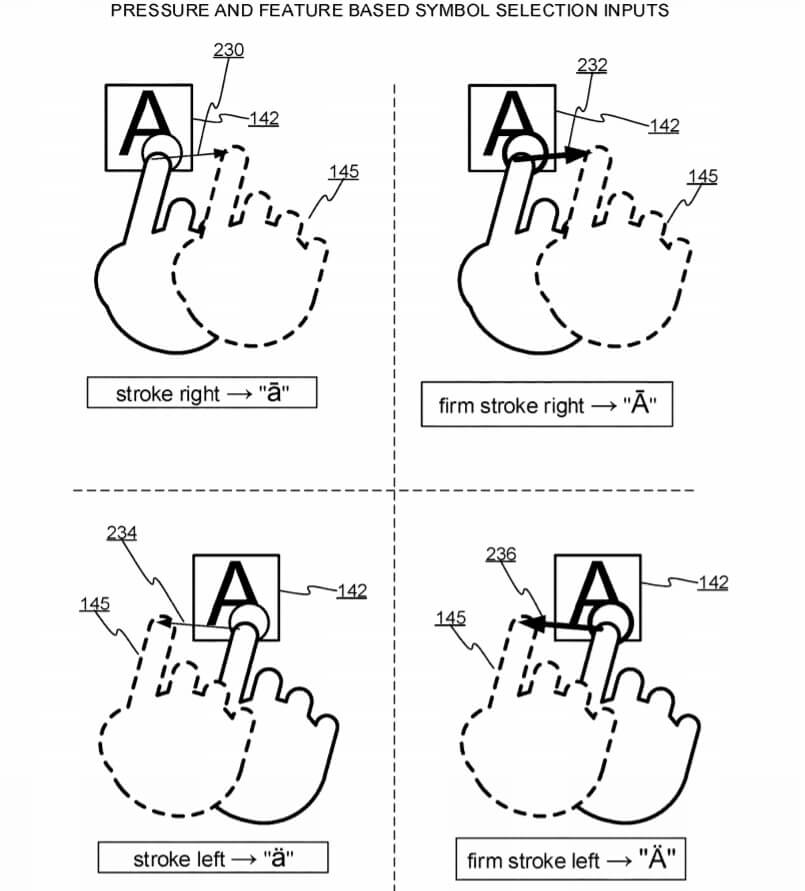
“In the process of determining what symbols are outputted by the virtual keyboard, the virtual keyboard considers the pressure features of the touch inputs. A pressure feature of a touch input directed to the virtual keyboard can control which symbol is outputted by activation of a virtual key by the touch input. The pressure can also, or alternatively, trigger outputting of symbols not corresponding to key activations, transforming words or symbols (e.g., capitalizing, selecting diacritics, applying visual effects),” the company explains in the patent application.
“Word-shaping, also referred to as swipe-to-write, shape-writing, and gesture typing, involves tracing a continuous touch path on a virtual keyboard to intersect (or pass sufficiently near), in order, the letters of a desired word. Statistical language models and gesture features (e.g., inflections, dwells, loops) are used to select the most likely word along the traced path when the gesture ends,” Microsoft explains.

